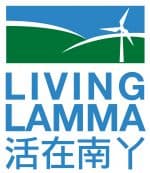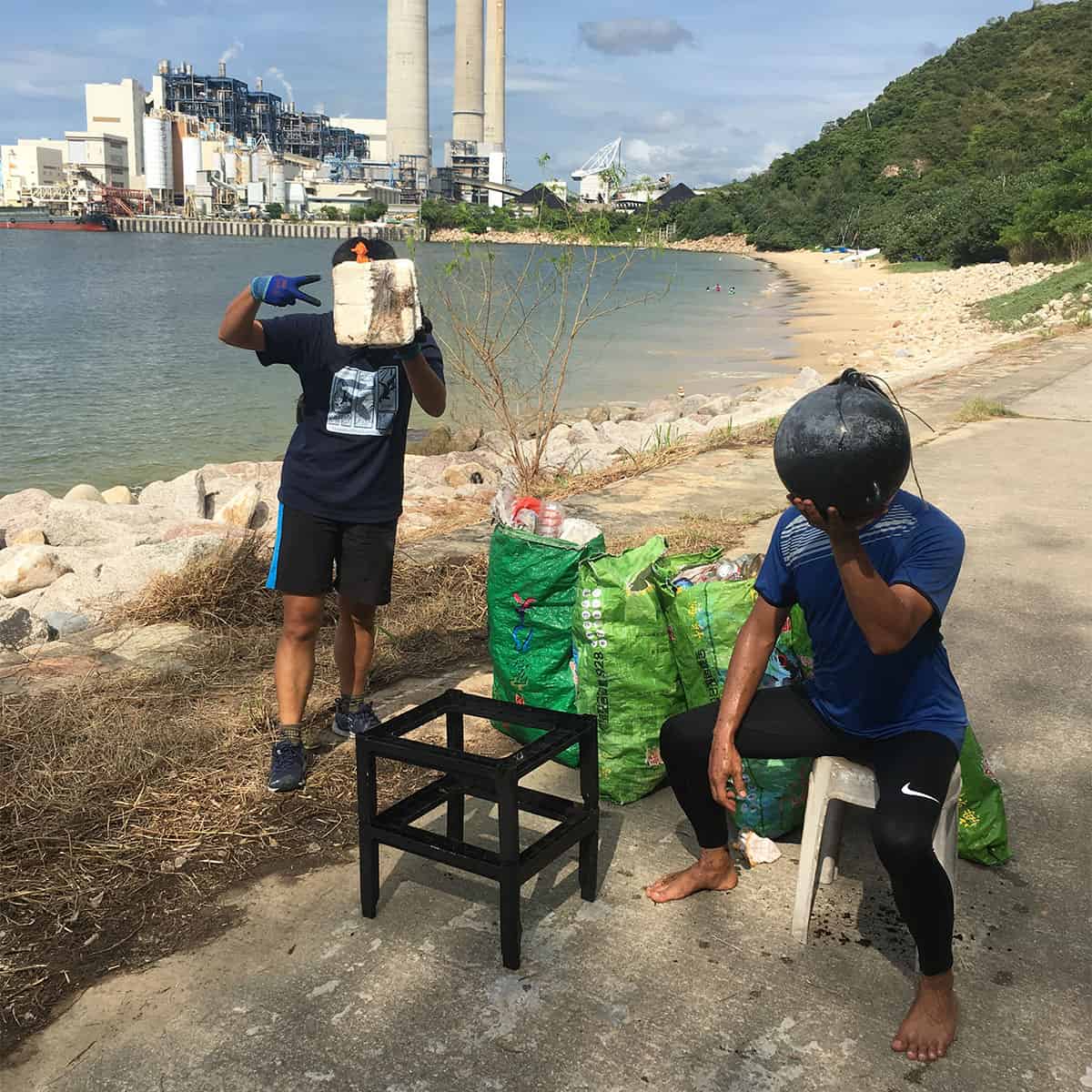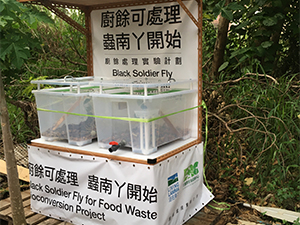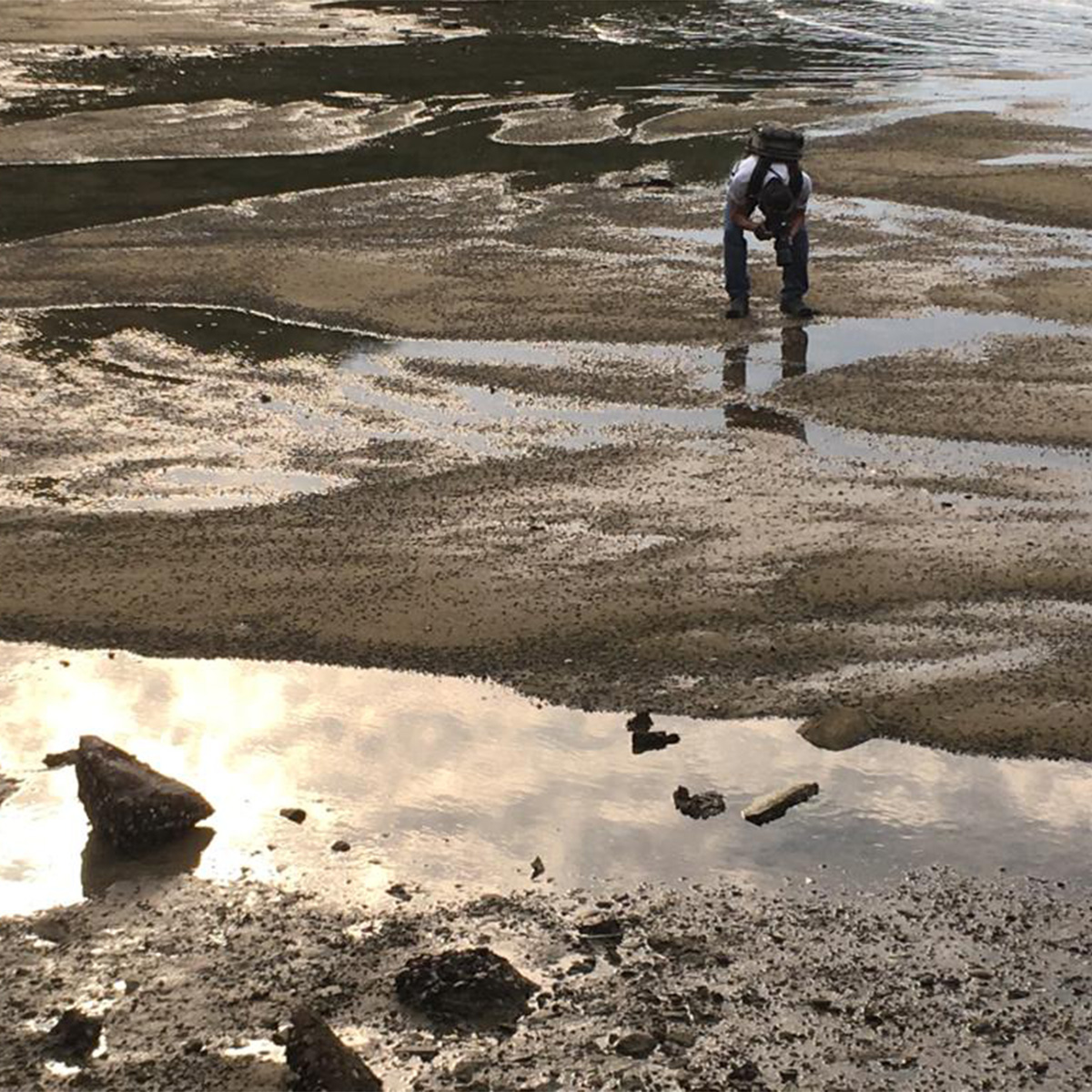Clean or dirty? What we see on the surface can be deceiving. Can you guess what this beach is hiding?
In 2010, this beach in Pak Kok, Lamma Island looked very different. It was a rubbish tip, particularly at the far end of the beach, which served as a catch point for waste that floated over from Hong Kong Island to our beautiful, car-free island.
In our first cleanup we picked up 900 plastic bottles among the other refuse. We noticed that most of these were sold locally in Hong Kong and decided to investigate further. So we started Brand on the Beach, a year-long series of cleanups in which we identified the bottles we picked up by brand. We continued picking up trash then counting the bottles and brand for a second year, with much the same result.
As volunteers, we help with cleanups all over Hong Kong. We adopted this small Lamma beach to help improve our local environment and to learn more about this global issue. If we can fix this one beach, maybe we can fix more!
Over the years we have brought many groups to Pak Kok to experience the tsunami of trash in our oceans that washes up at this point. They clean up, they spread the word about the problem, and crucially, they are inspired to change their everyday habits and cut down on the waste they produce. We surveyed the trash, we arranged it into a Museum of Human Habits, and even made art out of it – anything we could think of to help people engage with the problem and help change the way we consume. We thought we were doing a good job, until…
The summer typhoons of 2017 smacked into the foliage at the back of the beach and revealed a shock – more polystyrene (styrofoam) and plastic. Dig beneath the surface and keep digging. You will find it hard to reach the bottom of the pile that has been broken down into ever smaller pieces that have accumulated at the back of the beach. This has possibly been happening since polystyrene and plastic packaging was first used.

We don’t know how to clean it this type of trash. It’s more than a metre deep and very difficult to pick up. It contains needles and broken glass. It blows away in the wind and gets up your nose and in your eyes. It waits, like an unexploded trash bomb for the next typhoon, when it will be taken out to sea and into our food chain.
Our authorities are overwhelmed and lack the resources to clean it up. Their valiant workers are already struggling with the flow of rubbish that makes landfall each week. Volunteer groups clean up, only to find that within a couple of weeks the beach looks like this again:

Hong Kong has 456 km of shoreline and, as the photo shows, the long-term accumulation of trash is often hidden by our dense, tropical vegetation. Many of the locations are difficult to access, but each year we have typhoons that randomly detonate the decades-old trash bombs that lie hidden in the greenery.
We need urgent help to figure out how to effectively remove the broken down plastic and polystyrene from the back of this beach and many more. It requires manpower – maybe machinery, innovation and technology? We need ideas and advice.
Just how can we effectively extract the white styrofoam you see in the photo below from the environment?

At the same time, we need our lawmakers to encourage the government to take urgent measures that will restrict the amount of new waste arriving on our beaches. Every place of work and every school can help by committing to eliminating single-use plastic.






